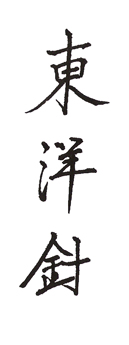 |
| Acupuncture > Why Japanese Acupuncture Why Japanese Acupuncture Acupuncture has a written history which goes back over 2,000 years. As with any discipline which has such a long history, many different styles have evolved over time. Back in the 1930's in Japan, the Acupuncturists who formed the Meridian Therapy Movement went back to the earliest classical texts in order to get back to the basic spirit of the system. Emphasis was placed on diagnosing the Root of the presenting problem, and then treating both Root and Branch: the symptoms. This style of Acupuncture relies on Pulse and Abdominal Diagnosis. At each stage of the treatment, the Acupuncturist checks the pulse or the abdomen, and so gets immediate feedback as to any changes that have occurred. This enables a continual monitoring of the patients condition. The techniques are delicate and minimally invasive, and so are painless and pleasant for the patient Moxibustion Japan has a strong tradition of the use of Moxa. This is derived from the herb Artemesia Vulgaris, which burns at a very low temperature. It is formed into grains or cones , which are then burned over certain Acupuncture points, then quickly removed before reaching down to the skin. The Moxa can also be used by burning balls on the ends of the needles. The proficient use of Moxa is essential for the treatment of Auto Immune Disease such as Rheumatoid Arthritis. It can give immedite relief from this condition, reducing swellings around the joints. Effective for Asthma, and for improving the circulation,moxa is an important part of the treatment in, for example, Gynaecological conditions, as it warms the body and improves the circulation. |
Copyright 2025 Josephine Haworth. All Rights Reserved. |
